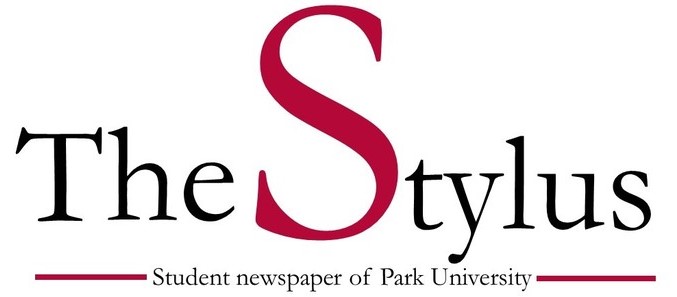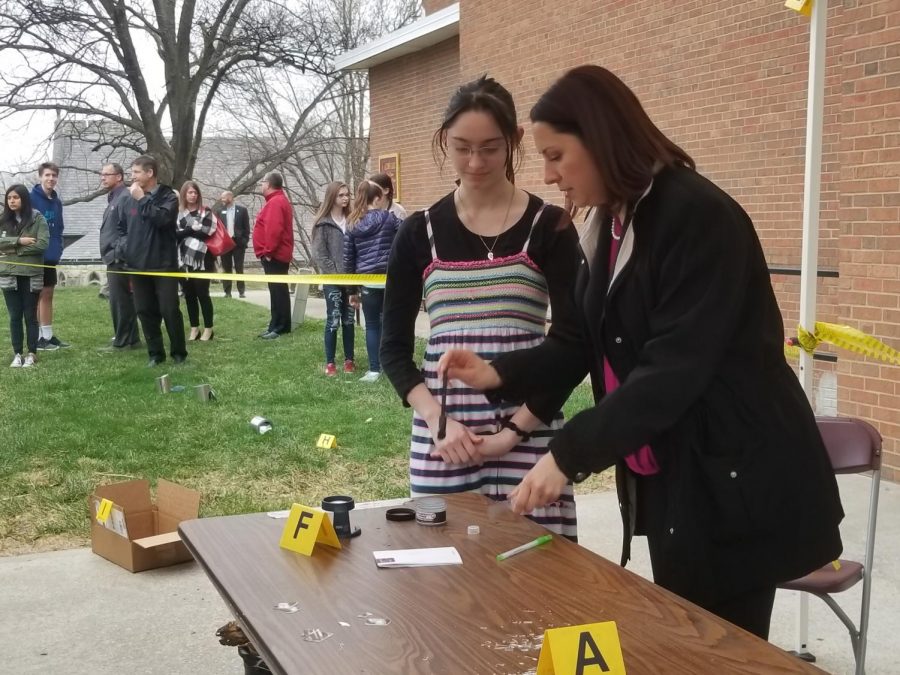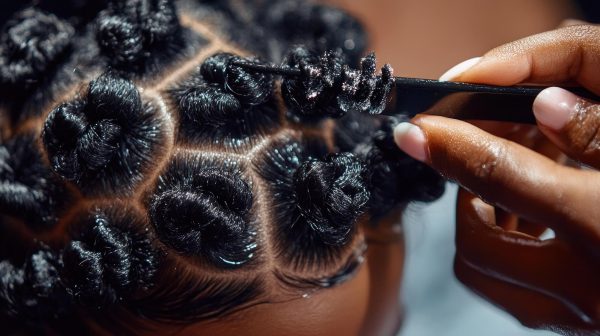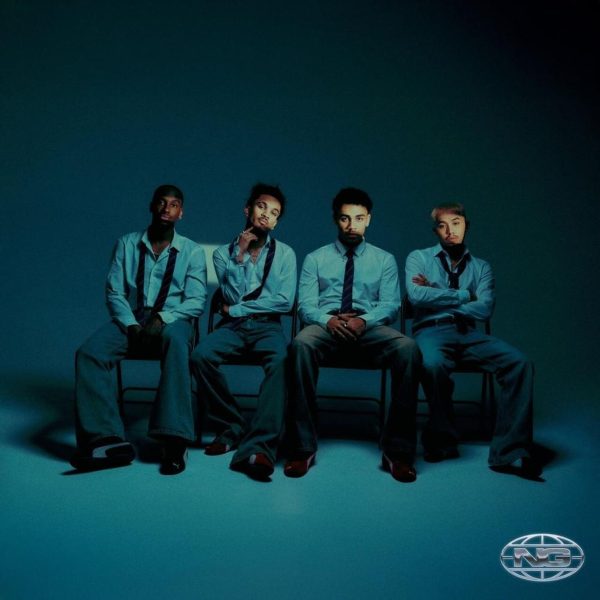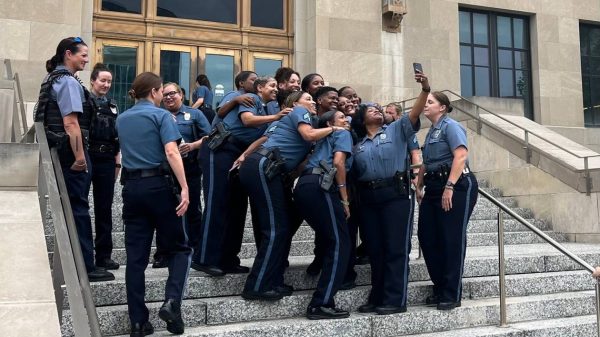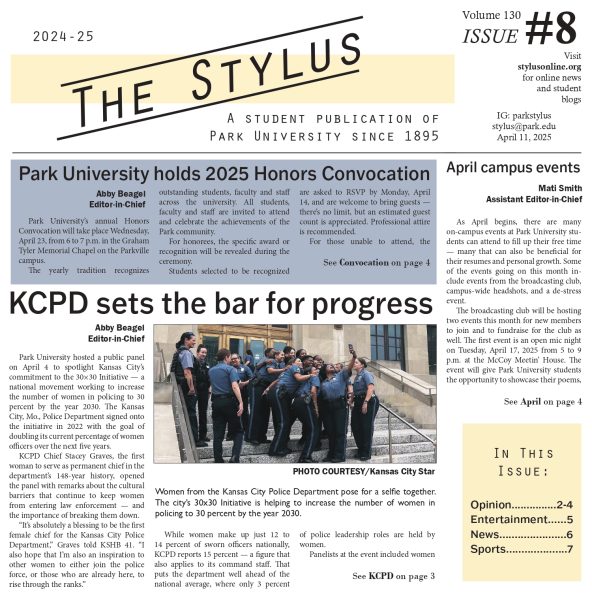Mock Crime Scene Success
Tatiana Trejos demonstrating how to dust for fingerprints at a crime scene
Figuring out who committed a crime and how is no easy task, whether it is a robbery or a murder using trace evidence allows forensic scientists to help solve a variety of cases. Trace evidence is the small, microscopic fibers that can transfer from one area to another in the event of a crime that forensic scientists collect to help solve a crime.
On March 27 Park University hosted the Johnson Family Lecture Series in Science in the Jenkin and Barbra David Theatre. The key speaker on trace evidence and how it can be used to assist in a crime scene was Tatiana Trejos, assistant professor of forensic and investigative sciences at West Virginia University.
Trejos started the event in front of the theatre with a mock robbery crime scene where after the robbery the suspect tried to set the area on fire to get rid of the evidence they left behind. During this demonstration Trejos called volunteers to dust for fingerprints and had a police officer with a k9 unit that would help sniff out the gas used to set fire to the crime scene to help determine if it was arson.
“I loved the fingerprint dusting, it was neat to see how they did in person and not in the movies,” said former student Caitlin Raw.
After the mock crime scene everyone moved inside to hear Trejos talk about trace evidence, such as, footprints, fingerprints, and broken glass can be used to help solve a crime and where it actually took place.
“There are different things you can use to help in the investigation process. When we have a crime scene there is always an interaction between the suspect and their environment or objects in the environment. So, when we do investigations at the crime scene we try to look at those clues that could be produced by those interactions,” said Trejos.
When forensic scientists look at those clues they are so tiny that the clues must be looked at under a microscope to be able to see the story they tell. At the end of her talk Trejos left the audience with answers to all their questions about forensic science and how trace evidence helps solve crime scenes.
Your donation will support the student journalists of Park University. Your contribution will allow us to cover our annual website hosting costs, freeing up other funds for equipment, printing and training.


